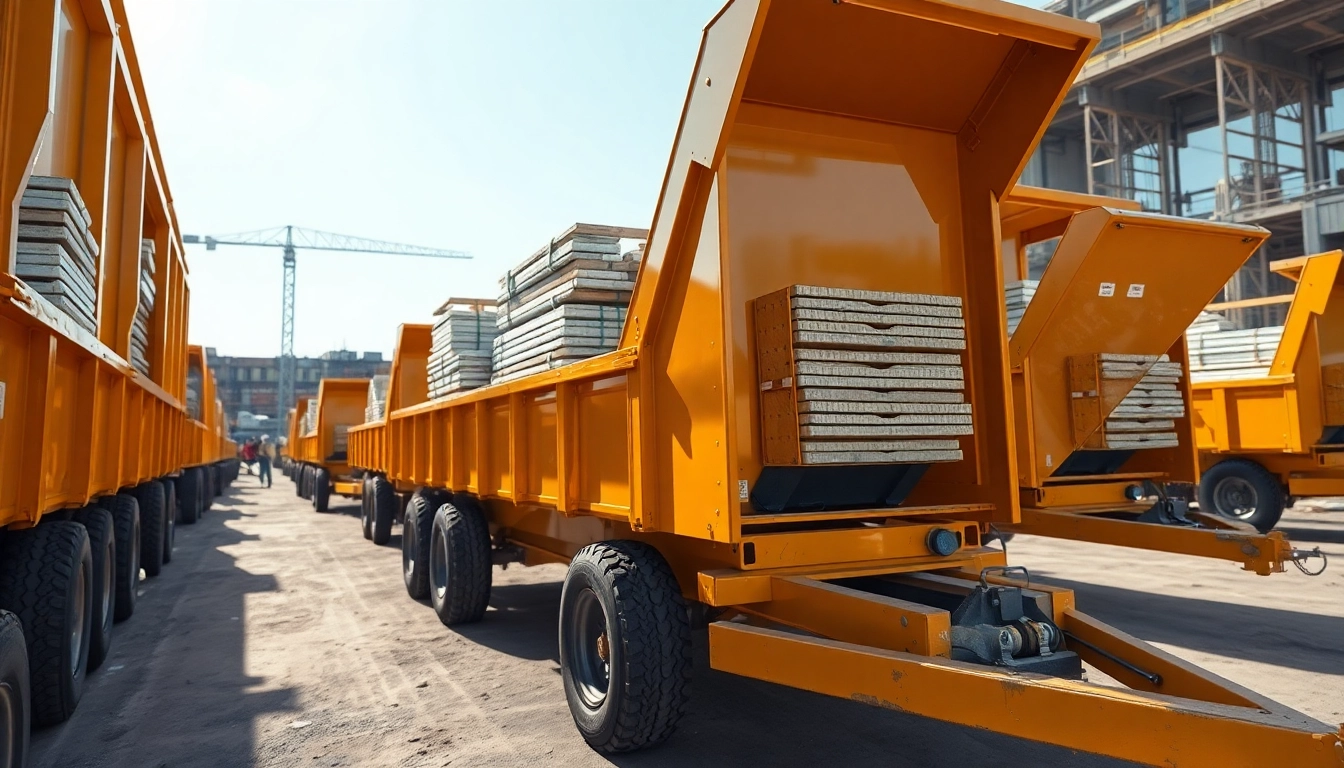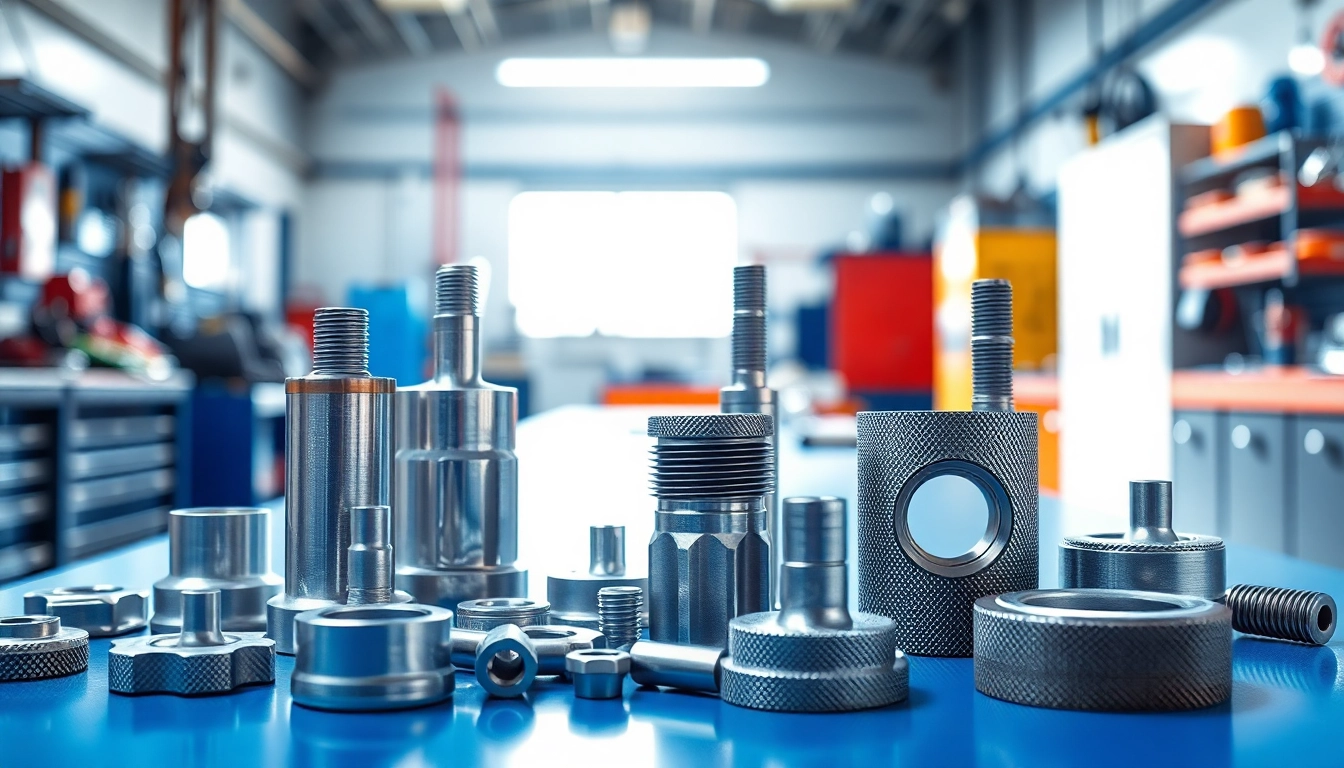Understanding the Basics of Welding Masks
Welding is an essential process used in various industries and crafts worldwide, from construction to automotive repair. As any seasoned welder will tell you, using the right protective gear is crucial for ensuring safety and achieving high-quality results. Among the most critical pieces of equipment is the welding mask, which serves to protect the welder’s face, eyes, and lungs from harmful light, heat, and hazardous fumes. Understanding the fundamentals of welding masks is the first step toward selecting the right mask for your needs.
What is a Welding Mask?
A welding mask, often referred to as a welding helmet, is a type of personal protective equipment (PPE) designed to shield the welder’s head, face, and neck from the intense light and heat generated during the welding process. These masks are equipped with special lenses that darken automatically when exposed to bright light, thereby protecting the eyes from harmful radiation and UV rays that can lead to serious injuries, such as welder’s flash.
Types of Welding Masks Explained
Welding masks come in several types, each tailored to different welding processes and user preferences:
- Auto-Darkening Masks: Equipped with sensors that adjust the lens shade automatically, these masks provide convenience and enhance visibility, allowing for better precision during the welding process.
- Passive Masks: These feature a fixed shade level that provides a constant level of protection. While less expensive, they do not offer the same level of adaptability as auto-darkening masks.
- Pancake Masks: Also known as ‘flat’ masks, these are more focused on protecting the eyes and allowing for greater peripheral vision. They are generally used in specialized welding applications.
Importance of Safety in Welding
The importance of safety in welding cannot be understated. Welding involves potential hazards such as exposure to gasses, fumes, and intense heat that can pose serious health risks. Protective gear, particularly a reliable welding mask, minimizes these risks, ensuring the welder’s safety and maintaining job efficiency. Employers in welding-dependent industries have a legal obligation to provide appropriate PPE to their workers to comply with health and safety regulations.
Key Features to Look for in a Welding Mask
Choosing the right welding mask is crucial for ensuring safety and comfort during welding tasks. Below are key features to consider when selecting a welding mask.
Auto-Darkening Technology
Auto-darkening technology is perhaps the most significant advancement in welding mask design. These masks use sensors to detect the intensity of the light from the welding arc and adjust the lens shade accordingly. This feature allows the welder to have clear visibility before and after the welding process while providing effective protection during welding. Look for masks with adjustable sensitivity settings to cater to different welding processes such as MIG, TIG, or stick welding.
Comfort and Fit
Comfort is key when working long hours in a welding environment. A mask that is too heavy or poorly fitted can cause strain and distraction, leading to potential safety hazards. Look for masks that offer adjustable head straps, padding, and a lightweight design. Additionally, consider the mask’s weight and balance; a well-balanced mask will rest comfortably on your head without excess pressure points.
Durability and Material Quality
The materials used in the construction of the welding mask impact its durability and functionality. Masks made from high-quality, heat-resistant materials will withstand the rigors of welding better and provide longer-lasting protection. Check for features such as impact resistance, UV protection ratings, and certifications from recognized standards such as ANSI or ISO, which ensure that the product meets safety requirements.
Common Challenges Faced by Welders
Welders often face several challenges that can impact their safety and productivity. Understanding these challenges can help in selecting the right equipment.
Eye Protection Issues
One of the most common issues faced by welders is eye strain and damage caused by the intense light and radiation generated during welding. Without adequate protection, welders can suffer from welder’s flash or permanent vision problems. Choosing a mask with appropriate shade levels and auto-darkening features is essential for minimizing these risks and allowing for visibility adjustment in different lighting conditions.
Respiratory Hazards and Solutions
Welding produces harmful fumes that can pose significant health risks when inhaled. These fumes can contain toxic substances such as manganese, lead, and cadmium. Investing in a welding mask that includes a built-in respiratory protection system, such as a high-quality filter or a powered air-purifying respirator (PAPR), can safeguard against respiratory hazards while ensuring a clear field of visibility during welding tasks.
Comfort Discomfort During Long Sessions
Long welding sessions can lead to discomfort, fatigue, and concentration issues. Proper ergonomics in helmet design can alleviate these concerns. Masks that are too heavy, poorly insulated, or not well-ventilated can cause sweating, discomfort, and even distraction from welding tasks. Look for masks with airflow vents and adjustable features that cater to individual preferences and comfort during extended use.
Best Practices for Using a Welding Mask
To maximize the lifespan and effectiveness of your welding mask, it’s important to follow best practices for usage, maintenance, and care.
Regular Maintenance and Cleaning Tips
Keeping your welding mask clean not only ensures clarity during work but also extends its lifespan. Regularly clean the lens with appropriate cleaning solutions that do not scratch or damage the surface, and inspect the mask for any signs of wear or damage. Replace any worn-out components, such as the headgear or filters, as needed to maintain optimal function.
How to Properly Adjust Your Mask
Proper adjustment of your welding mask is crucial for ensuring maximum protection and comfort. Before use, ensure that the mask fits snugly yet comfortably against your head and face. Adjust the headgear and straps to prevent slippage during movement. The lens should rest at eye level to minimize neck strain while allowing for peripheral visibility.
When to Replace Your Welding Mask
Knowing when to replace your welding mask can be challenging, but it’s essential for safety. Signs that indicate it’s time for a replacement include visible scratches or cracks in the lens, malfunctioning auto-darkening features, and general wear on the mask structure. Additionally, consider replacing your mask if it becomes uncomfortable or no longer provides adequate protection, aligning with any changes in your welding practices or materials.
Market Insights: Choosing the Right Welding Mask for You
With many brands and models available on the market, selecting the right welding mask can be daunting. Here are some insights to guide your decision-making process.
Top Brands and Their Offerings
Several brands dominate the welding mask market, each offering unique features and technologies. For example, Miller Electric is known for their innovative auto-darkening feature masks that offer exceptional clarity and protection. Lincoln Electric produces robust and durable helmets designed for extreme conditions, while ESAB is favored for its high-performance products tailored to various welding styles. Researching each brand and comparing their offerings regarding safety features, weight, and comfort ratings can lead to informed buying choices.
Budget vs. Premium Options
When it comes to welding masks, budgeting is crucial. Budget masks are often suitable for occasional use or hobbyists. However, investing in premium masks provides enhanced features, such as superior protection, comfort, and advanced technology. Weighing the differences between the essential functions offered by budget models and the extrusion of high-end models will help users choose an option that meets their demands without compromising safety.
Customer Reviews and Recommendations
Before purchasing a welding mask, checking customer reviews and seeking recommendations can provide valuable insights into product performance and user satisfaction. Look for feedback regarding comfort, durability, and safety features, as these elements are critical to a productive welding experience. Online review platforms and forums are good places to gauge the overall perception of specific masks within the welding community.



